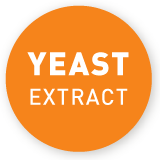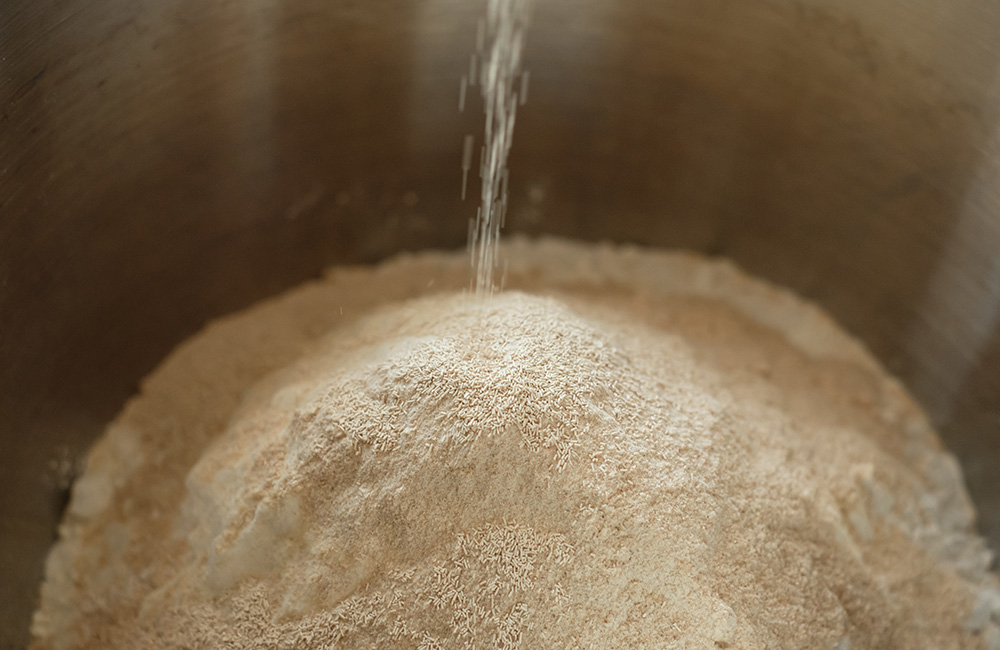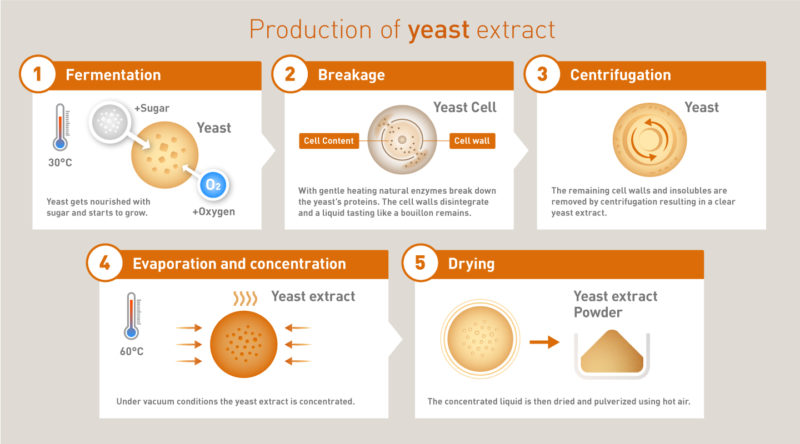Although fresh yeast from the fridge is often on the shopping list for birthday cakes, yeast extract is primarily known as an ingredient in savoury dishes. What not many people know is that yeast extract is derived from fresh yeast. Our second article sheds light on the processes used in this form of production.
It is obvious from the name that there is a connection between fresh yeast and yeast extract. But what is the exact relationship between fresh yeast and yeast extract? Yeast extract is obtained from fresh yeast in a 5-step process. Enzymes break down the proteins present in the yeast cells into smaller components and dissolve the surrounding cell wall so that the contents leaves the cell. The remains of the cell wall are removed by separation. Yeast extract therefore consists of proteins, amino acids, carbohydrates, vitamins and minerals from the yeast cell without the surrounding cell wall.
The 5 steps of yeast extract production in detail:
- Fermentation: The yeast is encouraged to grow through the addition of sugar.
- Breakage: Enzymes break up the yeast proteins into smaller molecules. The result is a liquid that, owing to its similar profile of amino acids, already tastes like a bouillon.
- Centrifugation: The remaining cell walls are removed. Nutritious proteins, vitamins and minerals from the yeast cells are retained.
- Concentration through evaporation: the yeast extract is concentrated through gentle evaporation under vacuum conditions.
- Drying: The yeast extract is dried using hot air and turned into a powder.





